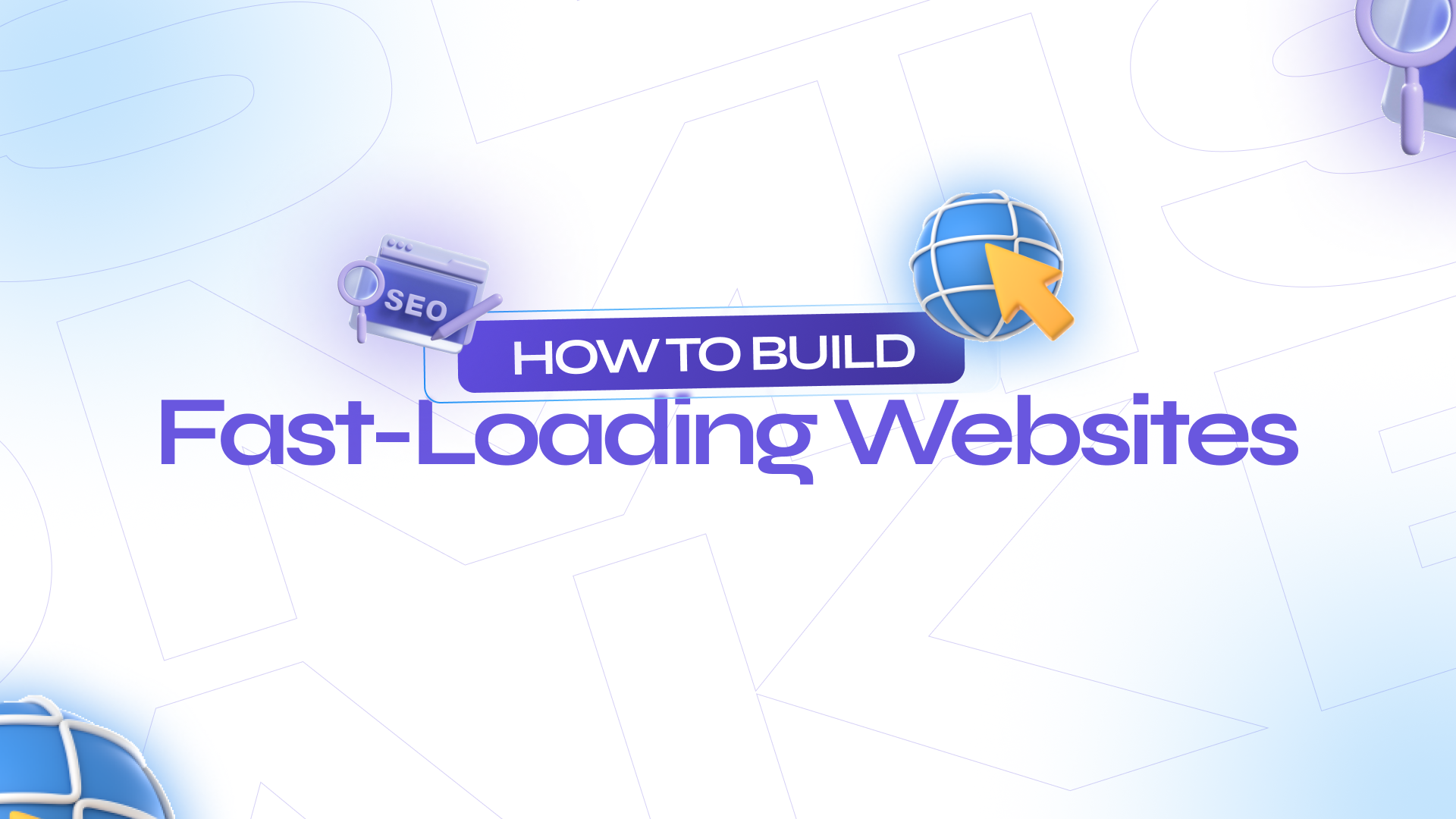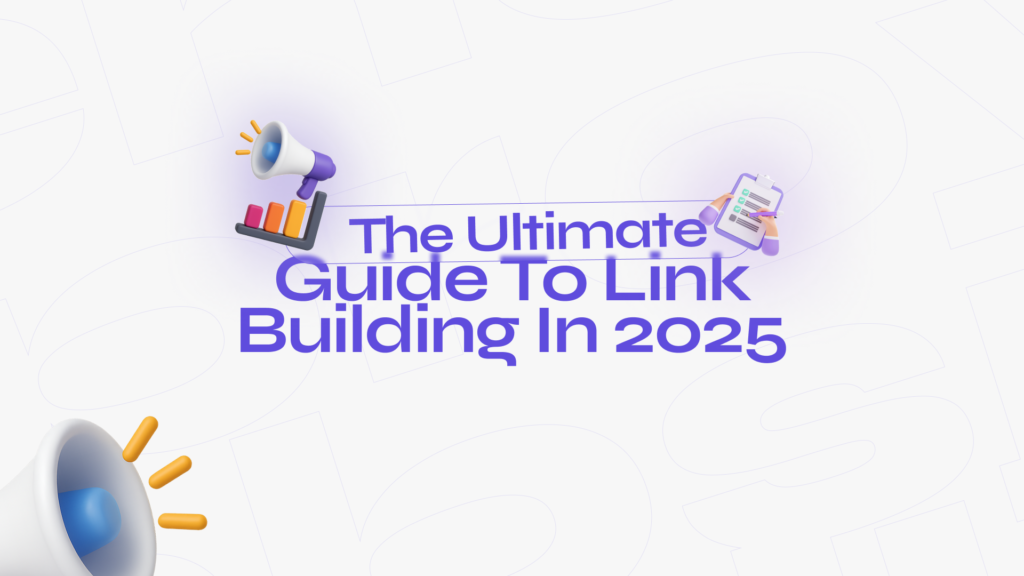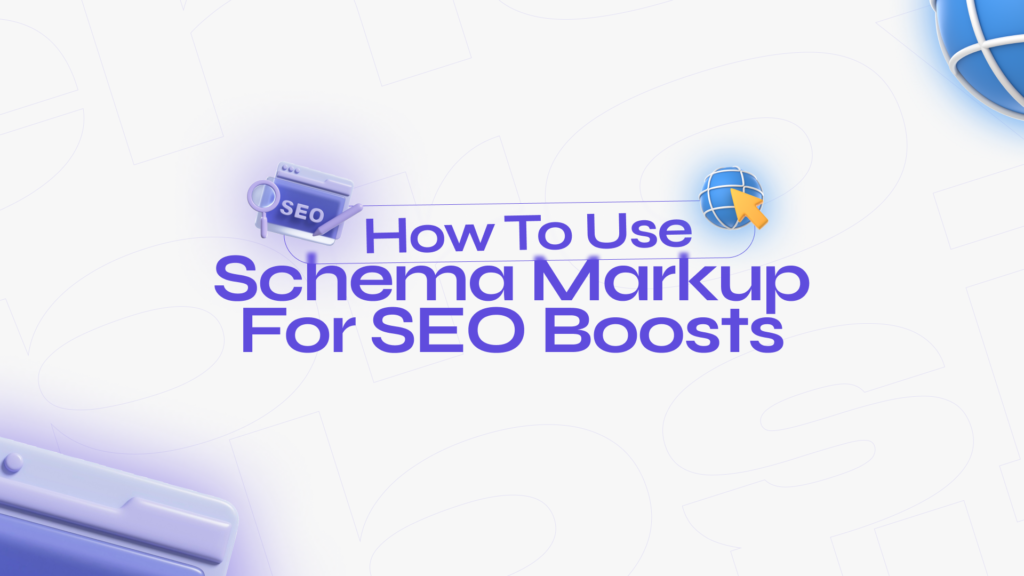If your website takes too long to open, visitors will leave before they even see what you offer. That’s bad for your business, bad for SEO, and bad for your brand.
At Agencify Digital, we build websites that are not just beautiful, but super fast. In this guide, we’ll show you how to build fast-loading websites step-by-step, using simple words and tips that work.
Why Website Speed Matters
Let’s start with the big question, why does speed matter?
People hate waiting. If your page takes more than 3 seconds to load, most users will leave.
Google cares about speed. Faster websites rank better on search engines.
More speed = more money. Fast websites help you get more clicks, more sales, and happier visitors.
In short: if your site is slow, you’re losing business.
Step 1: Choose a Good Hosting Provider
Think of your hosting like the foundation of a house. If it’s weak, everything falls apart.
Tips:
Use fast, secure hosting like SiteGround, Bluehost, or Cloudways.
Choose servers near your audience (for example, use US servers if your visitors are in the US).
Avoid cheap, slow shared hosting.
Agencify Digital helps clients pick the best hosting based on their goals and budget.
Step 2: Use a Lightweight Theme
Your website theme is like your car’s body, it should look good but also run smooth.
What to do:
Pick a lightweight theme like Astra, GeneratePress, or Hello Elementor.
Avoid themes with too many animations, sliders, and effects.
Keep the design clean and simple.
Remember: Simple = Speed.
Step 3: Compress Your Images
Big images slow down websites. But small, clear images load fast and still look great.
Here’s how to fix it:
Use free tools like TinyPNG or ImageOptim to shrink images.
Save images as WebP format for faster loading.
Use the right size (don’t upload a 2000px image if you only need 500px).
At Agencify Digital, we always optimize images before uploading.
Step 4: Use Caching
Caching helps your website load faster by saving parts of your site on the user’s device.
What to do:
Use caching plugins like WP Rocket, LiteSpeed Cache, or W3 Total Cache.
These tools store parts of your site so they don’t have to load again and again.
Fast websites = smart caching.
Step 5: Minify CSS, JS, and HTML
Websites have lots of code behind them. But not all code needs to be heavy.
Minifying removes extra spaces and lines from your code to make it smaller.
Tools that help:
Use plugins like Autoptimize or Asset CleanUp.
Or let your developer handle this.
At Agencify Digital, we clean up your code to speed things up.
Step 6: Load Only What You Need
Many websites load too many files, scripts, or fonts that they don’t even use.
Here’s what to avoid:
Don’t use 5 different fonts. Stick to 1–2.
Remove unused plugins or scripts.
Delay third-party tools like chatbots or trackers.
Pro Tip: Use lazy loading to load images only when people scroll to them.
Step 7: Use a CDN (Content Delivery Network)
A CDN helps your website load faster for people in different parts of the world.
It stores copies of your site on different servers across the globe.
Best free CDNs:
Cloudflare
BunnyCDN
We set up CDN for every client project at Agencify Digital, it’s a game changer.
Step 8: Test Your Speed
Don’t guess. Always test your website to see what’s slow and fix it.
Use tools like:
Google PageSpeed Insights
GTmetrix
Pingdom
Check your mobile and desktop scores. Aim for a load time under 2 seconds.
What We Do at Agencify Digital
At Agencify Digital, we don’t just build websites, we build fast websites that perform.
Here’s how we help:
Custom speed-optimized builds
Core Web Vitals improvements
SEO-friendly structure from Day 1
Ongoing audits and performance tracking
Whether you’re a small business or a global brand, we make sure your website loads like lightning.
Final Thoughts
Building a fast-loading website is not hard but it takes care, skill, and smart choices.
Start with good hosting. Pick a light theme. Compress your images. Use caching and CDNs. Clean your code. Test often.
Want help building your dream website?
👉 Get your free speed audit and see how we can boost your performance in days.





